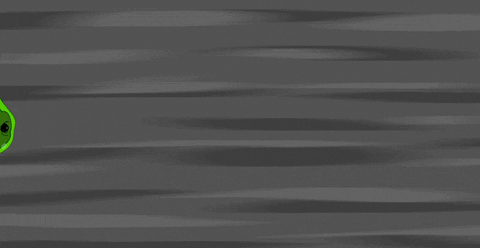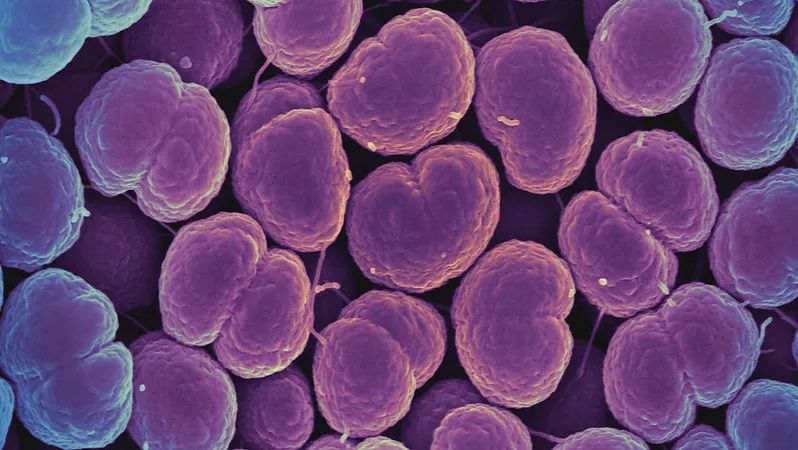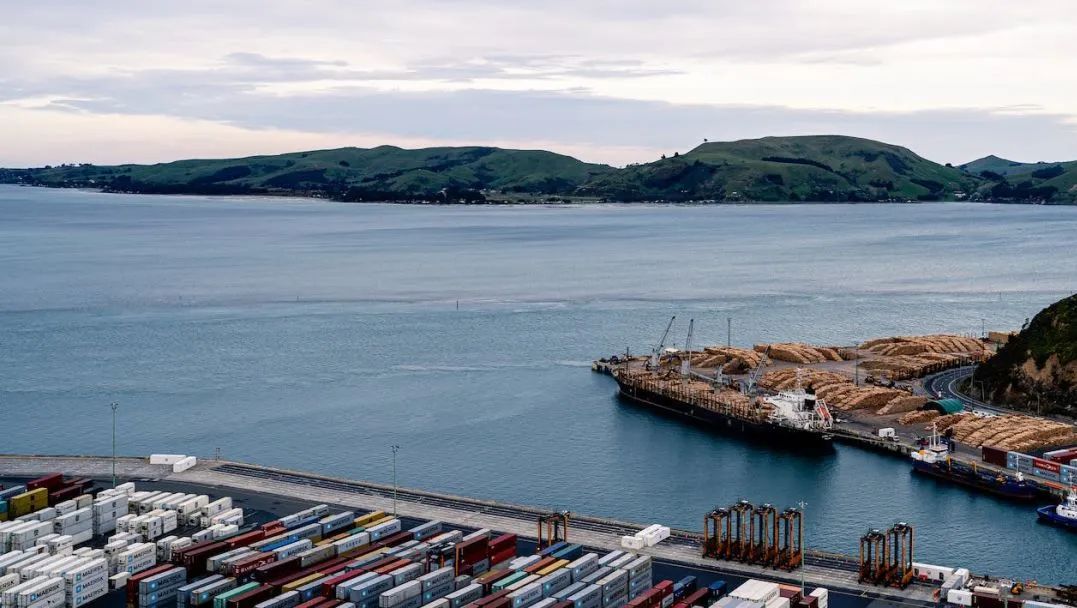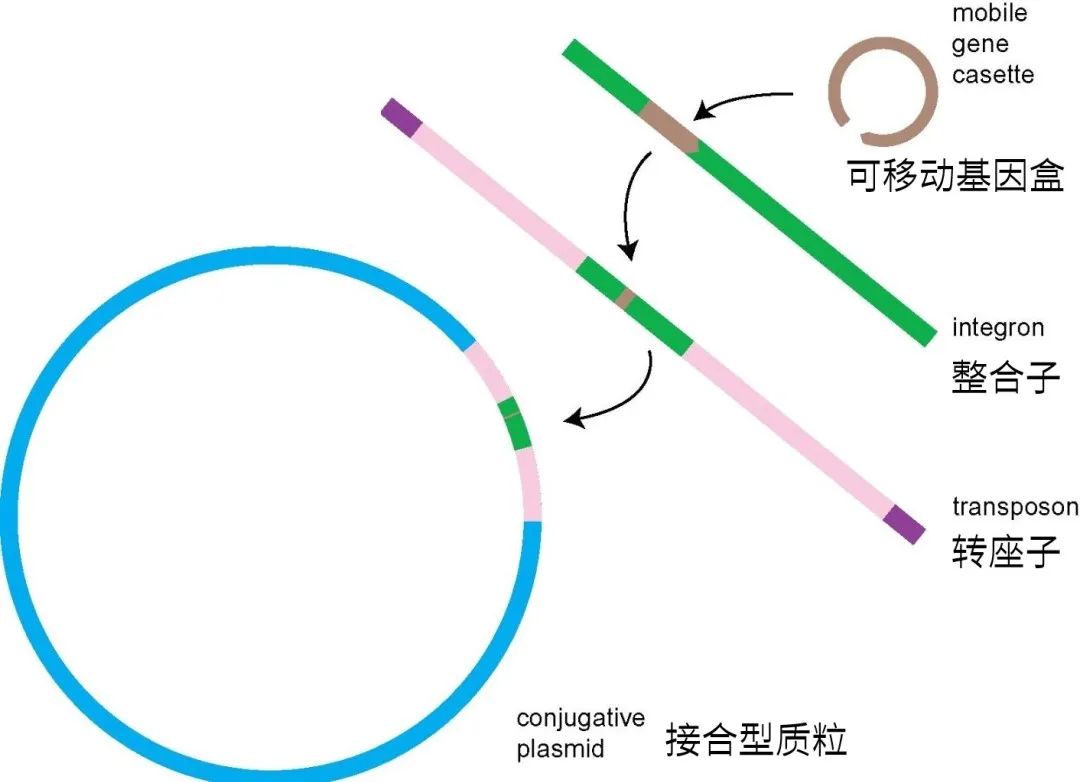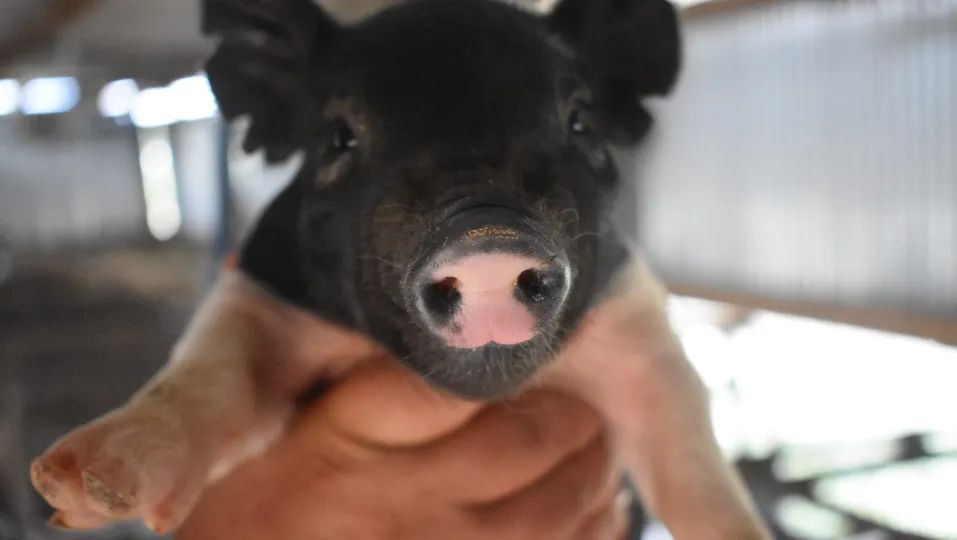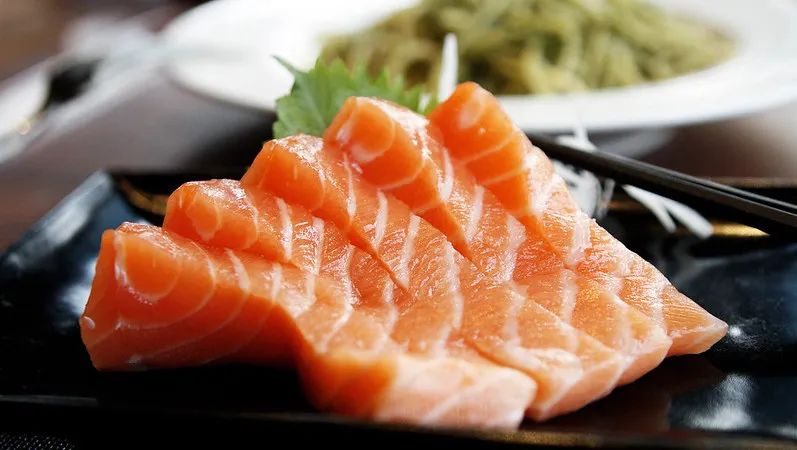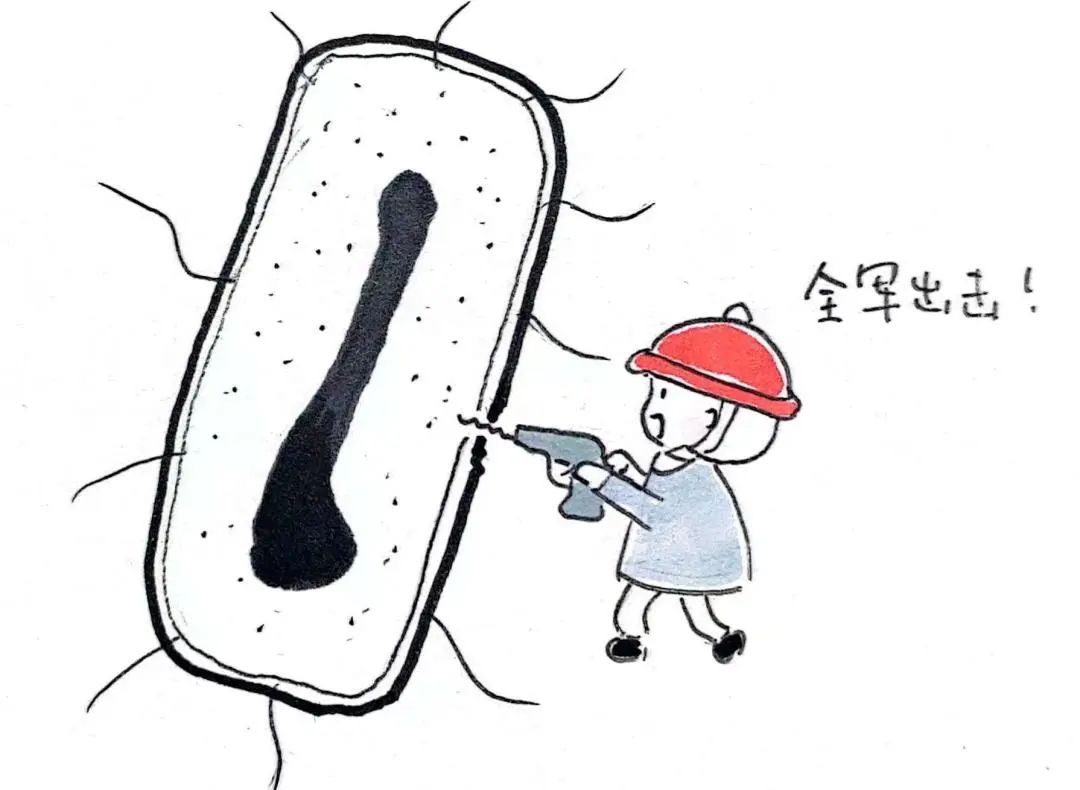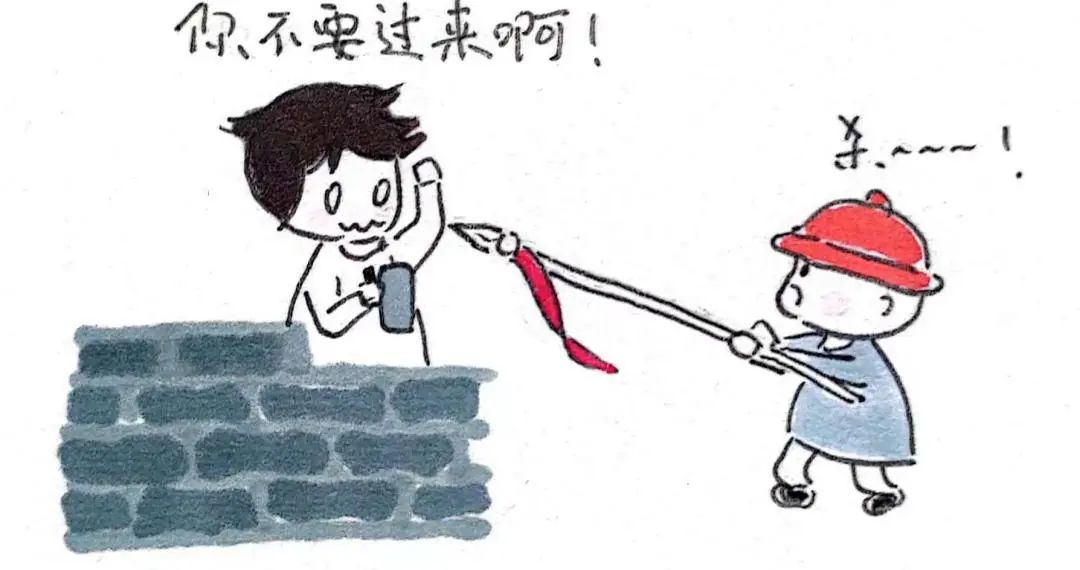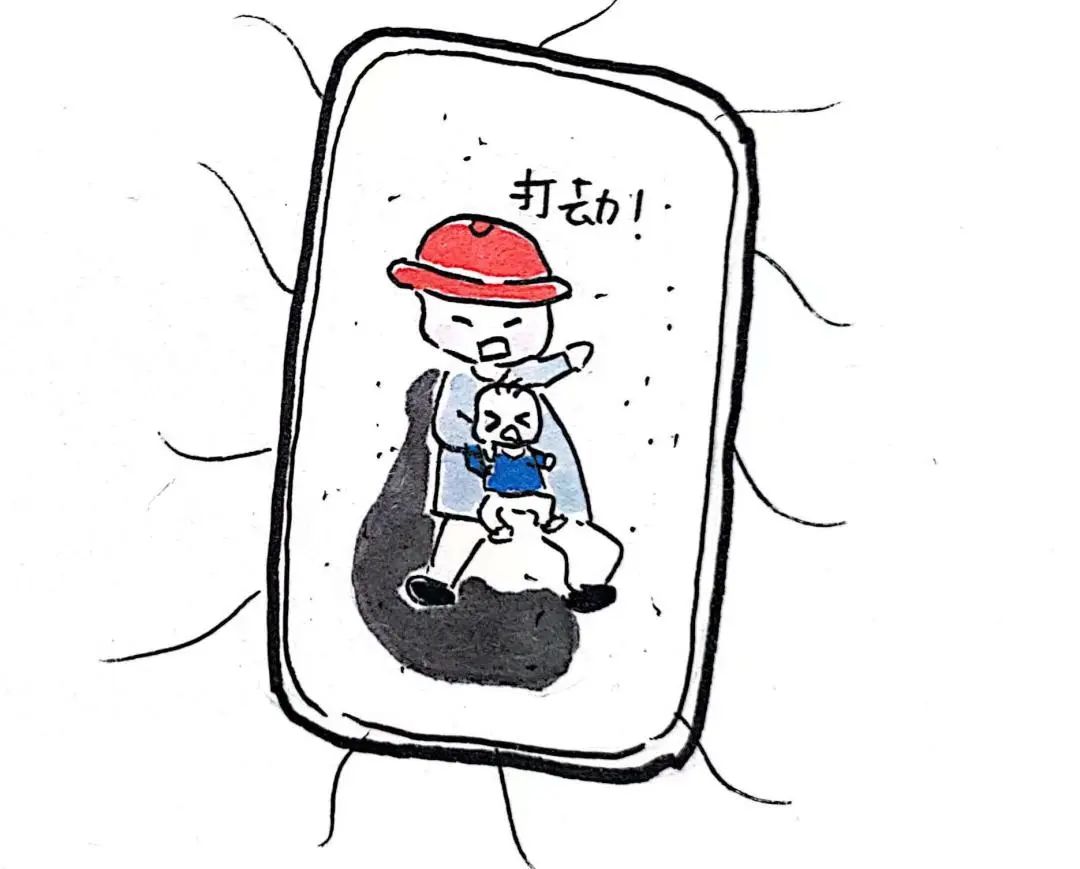24-hour direct hit college entrance examination guarantee: the "sleepless night" of Tongzhou urban management in Beijing

After publicity in advance, the construction site on the eve of the college entrance examination was quietly photographed/our reporter Huang Liang
On the first day of the college entrance examination on July 7th, before 7: 00 in the morning, Leon Xiao, vice captain of the comprehensive administrative law enforcement team in Liyuan Town, Tongzhou District, came to the west campus of Yunhe Middle School in Tongzhou District, which is one of the test sites of the college entrance examination in Tongzhou District. Leon Xiao and the law enforcement team made repeated and careful inspections during the examination to ensure the order around the test site. On the eve of the college entrance examination, in order to let the candidates have a good sleep, he and his team members kept patrolling at night until after one o’clock in the morning before taking a break in shifts.
The Beijing Youth Daily reporter learned that there are 12 field members in the comprehensive administrative law enforcement team of Liyuan Town, Tongzhou District, including the captain and vice captain. During the college entrance examination, they were divided into three groups to be on duty continuously. Leon Xiao said: "Every year, the college entrance examination is the time when we are most deprived of sleep. All-weather protection is really hard, but the students are also very hard. It is worthwhile for us to create good examination conditions for them."
At 21: 00 on July 6
The construction site that had been reported before was quiet.
"There are now seven construction sites in our jurisdiction, which have been publicized and informed many times before, and a letter to the capital construction business unit was posted in a prominent position on the construction site." Leon Xiao has participated in the safeguard action of the college entrance examination for many times. For the night during the college entrance examination, it is perfect not to report, especially to report disturbing the people at night. However, it is not by luck, but by the repeated reminders and publicity of the law enforcement team members, so as to nip in the bud and make the best preparations.
There are more than 2,300 candidates in Tongzhou district. Since July 1 this year, Tongzhou Urban Management Law Enforcement Bureau has started the service guarantee for the "Meditation 2020" entrance examination, and intensified the inspection and monitoring of the environmental order around the test center. Among them, it is necessary to minimize and promptly stop illegal activities such as night construction that affect the study and life of candidates.
"Behind every candidate is a family full of expectations. This year’s candidates are particularly difficult, so we must protect them." At 21: 00 on July 6th, two quiet bulldozers stopped at a park construction site. The site was dark and very quiet. However, rows of residential buildings with lights on could be seen less than a few hundred meters away from the site. Leon Xiao pointed to a building and told the reporter of Beiqing Daily that there were two college entrance examination students living in this building. Previously, this site made a loud noise when unloading materials, which was reported by the residents upstairs. Leon Xiao and his colleagues learned that there were still fresh college entrance examination students living upstairs, and in a few days, they went to the construction site several times to find the person in charge and repeatedly informed the publicity.
Generally speaking, if night construction is needed, a night construction permit is required, and the period is from 22: 00 every day to 6: 00 the next day. During the college entrance examination, except for special projects such as emergency repair, all projects can not be constructed at night. Because of the publicity and notification, at 21: 00 on July 6, several construction sites inspected by Leon Xiao and law enforcement team members were silent. Leon Xiao said: "The previous notification work has had an effect, which is quite good."
At 22: 30 on July 6,
Lu Yu temporary construction timely supervision and stop.
"If there is a report, we will go straight to the reporting point. When there is no report, we will patrol the street." Ye Jing, a member of the Comprehensive Administrative Law Enforcement Team of Liyuan Town, Tongzhou District, is responsible for the report wiring on the evening of July 6. "If there is a relevant report within the jurisdiction, the law enforcement team will be informed as soon as possible, and the report of disturbing the people at night during the college entrance examination will also be given priority."
However, what makes Ye Jing feel gratified is that from the evening of July 6 to the morning of July 7, there was no report about night-time disturbing the people in Liyuan jurisdiction. "It shows that the students have had a good sleep and will definitely get good grades."
Although no report was received, Leon Xiao and the law enforcement team members were divided into two groups to patrol the road respectively. At 22: 30 on July 6th, Leon Xiao’s motorcade found a construction worker drawing a line on the sidewalk at an intersection, and the machines at the scene made some noise. Leon Xiao, knowing the situation, asked the construction workers to lower their voices and finish the work as soon as possible, because the location was far away from residential areas and it was a project that needed urgent construction. Ten minutes later, after the on-site construction was over and the construction personnel were evacuated, Leon Xiao and the law enforcement team members continued to conduct inspections.
"The inspection of the construction site does not end once every night. Each construction site will inspect at least three or four times in different time periods." Leon Xiao introduced, "If you see that the headlights of a construction site are not turned off, you will be asked to turn them off immediately. If you are close to a residential area, although there is no noise, the lights are very dazzling, which affects the rest."
At the underground pipe gallery project site of Wansheng East Station on Metro Line 7, the reporter of Beiqing Daily saw that only one worker left here to take care of the site. He said that the urban management department had already notified that the construction could not be carried out, and it was simply cleaned on July 6, and the construction site did not start all day. On the eve of the college entrance examination, Leon Xiao and his team members were busy until 1 am on July 7 before returning to the team and sleeping with their clothes on. He said: "I didn’t dare to take off my clothes. If I reported it, I put on my shoes and set off for the scene."
7: 00 a.m. on July 7
Arrive at work early to maintain the order around the examination room
According to the requirements, the urban management law enforcement officers of various security posts outside the college entrance examination should be on duty before 7: 30 am and before 14: 00 pm. Although they were busy until early morning on the eve of the college entrance examination, Leon Xiao took the team members to the post outside the west campus of Canal Middle School in Tongzhou District early before 7: 00. "Come early and be practical. We also arrived early in previous years." Leon Xiao told reporters, "Because I didn’t report it last night, I was in a good mood and slept well, although I only slept for 4 hours."
"In previous years, there were many people who sent various materials and made small advertisements in the college entrance examination. This year, there is no such thing." Because of the epidemic situation and other reasons, the environmental order outside the examination room this year is obviously better than in previous years, but the urban management law enforcement team members are still very busy, helping parents and candidates to guide the way, checking the epidemic prevention and control in the "third-class places" around the examination center, and bringing medicine boxes and wind oil essence for emergencies.
During the exam
Patrol repeatedly to ensure that there is no noise in the surrounding construction site.
Two cars and six law enforcement officers, this is the staffing of the comprehensive administrative law enforcement team in Liyuan Town, Tongzhou District, outside the test center. After assigning the posts, Leon Xiao went to a stopped construction site about 500 meters away from the test center to reconfirm. According to the requirements, the urban management law enforcement officers should ensure that the surrounding environment of the test center is in good order and the construction site within 500 meters of the test center does not produce noise. Although it has been repeatedly told and publicized for many days, on the day of the exam, the law enforcement team members visited the construction site every once in a while to prevent accidents. In Leon Xiao’s hand, there is also a site ledger around the test center, with the contact information of the site construction unit, construction unit and relevant responsible persons readily available.
On the afternoon of July 7th, the math exam was held, and the comprehensive administrative law enforcement team in Liyuan Town, Tongzhou District also completed the shift change. Captain Mingdelin still led the team members to their posts early, and they will also be busy for the candidates until midnight.
Tongzhou City Management:
Real name keeping watch and maintaining the environmental order around the examination room
On the morning of July 7th, Tongzhou District Urban Management Law Enforcement Bureau, together with the Market Supervision Bureau and the local government and other departments, conducted supervision and inspection on the implementation of epidemic prevention and control by merchants involved in "three types of places" and "seven small places" during the college entrance examination.
The inspection team focused on the implementation of epidemic prevention work of merchants around Luhe Middle School in Tongzhou District during the college entrance examination. Among them, it was found that some stores did not wear masks and gloves, and did not take off the door curtain. According to the relevant work responsibilities, the local comprehensive law enforcement team and the market supervision office supervised and rectified the above problems on the spot.
The reporter of Beiqing Daily learned that during the college entrance examination, Tongzhou urban management law enforcement department will concentrate on law enforcement forces and go all out to ensure the external environment for candidates to review and take exams. In conjunction with relevant departments, we will focus on strengthening the inspection and enforcement of epidemic prevention and control in "three types of places" around the test center, increase the frequency of inspections, and intensify the rectification of outstanding environmental order problems that affect the study and life of candidates, so as to further ensure the environmental order around the test center.
At the same time, the urban management law enforcement personnel of each security post will deploy team member real-name registration system to keep an eye on the test sites and the construction sites around the test sites, so as to ensure that the environmental order around the test sites is good and there is no noise-producing construction work at the construction sites within 500 meters of the test sites. Urban management law enforcement departments will minimize and promptly stop illegal activities such as night construction disturbing the people that affect the study and life of candidates. During the examination period, in case of extreme weather such as high temperature, flood control, heavy air pollution and strong wind, especially in case of heavy rainfall, the urban management law enforcement department will respond quickly, start relevant response plans in time, and actively cooperate with relevant departments to strengthen order guidance and serve candidates.
Text/Reporter Li Tao












